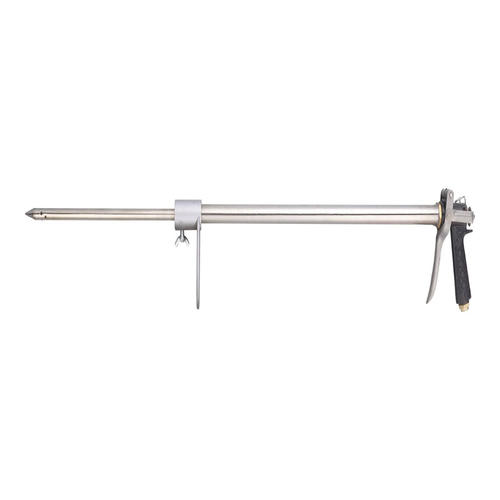


Agricultural sprayers allow us to work more efficiently, achieve higher performance of the products we use for treatment, and be more accurate when applying them to plants or trees. Today, they are th...
Electrostatic spray technology is a new method of using cleaners, disinfectants and disinfectants to help facilities treat surfaces, often in less time and over a wider area than traditional cleaning ...
Electrostatic sprayers have been used for many years, especially in medical facilities and other places where hygiene and disinfection are critical. Today, they are the "stars" of the professional cle...
A knapsack sprayer is a sprayer that dispenses liquid through a hand-held nozzle attached to a pressurized reservoir on the operator's back. Knapsack sprayers can be used to spray liquids such as fert...
Electrostatic spray cleaning provides non-contact disinfection and disinfection, even in hard-to-reach areas and challenging equipment. In an era when strict floor, wall, and environmental maintenance...
Fertilization is the process of adding fertilizer to irrigation water. Typically 28% nitrogen is injected into irrigation water to replace or supplement nitrogen fertilization. Fertilization allows ni...